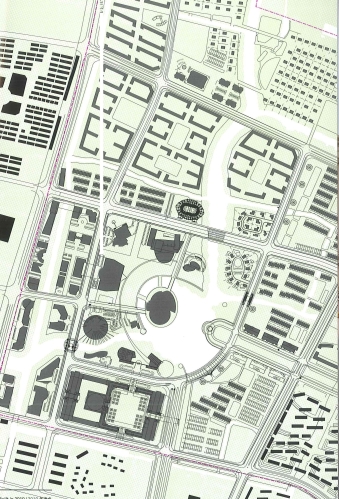
plan of the townn
source: Den Hartog, Harry:
Shanghai New Towns -
Searching for community
and identity in a
sprawling metropolis. 010
Publishers, Rotterdam
2010, 416 p. ISBN
978-90-6450-735-9
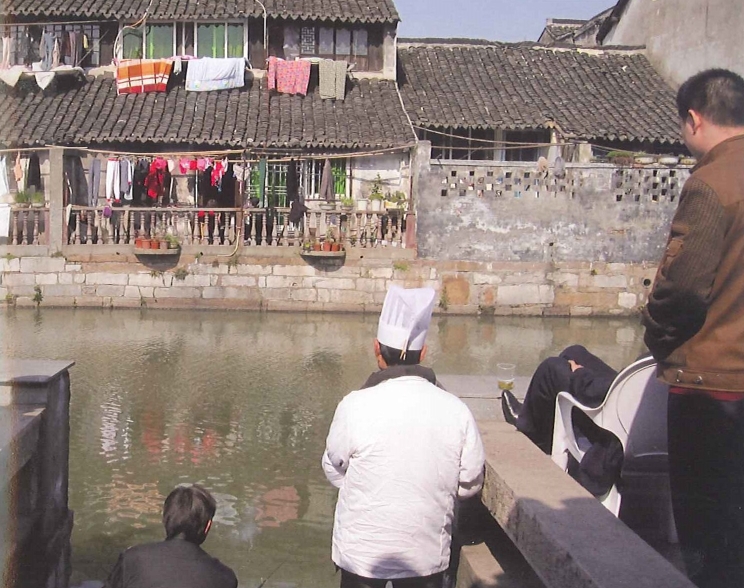
Old Fengjing as an
tourist attraction:
waiting for a fish
prepared according to
local tradition
source: Den Hartog, Harry:
Shanghai New Towns -
Searching for community
and identity in a
sprawling metropolis. 010
Publishers, Rotterdam
2010, 416 p. ISBN
978-90-6450-735-9
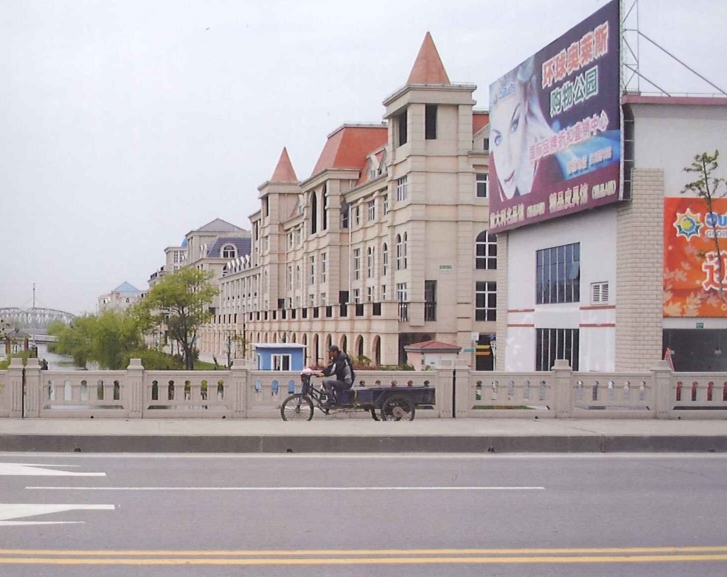
International Garment
Machinery City in
European-American-style
source: Den Hartog, Harry:
Shanghai New Towns -
Searching for community
and identity in a
sprawling metropolis. 010
Publishers, Rotterdam
2010, 416 p. ISBN
978-90-6450-735-9
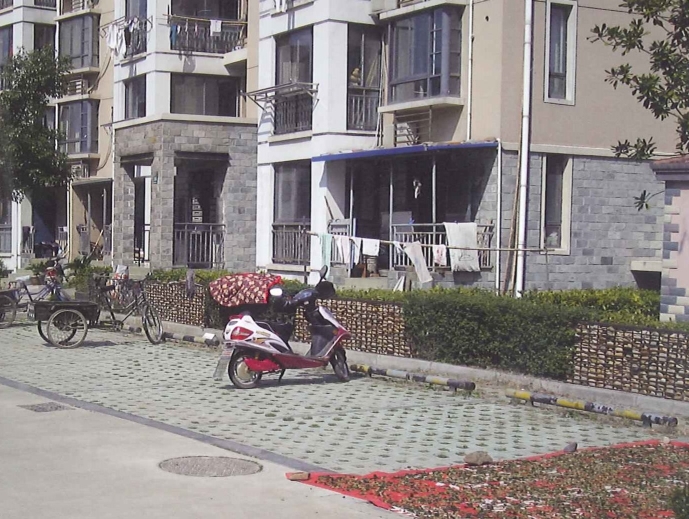
Parking place used for
drying frutis and
vegetables
source: Den Hartog, Harry:
Shanghai New Towns -
Searching for community
and identity in a
sprawling metropolis. 010
Publishers, Rotterdam
2010, 416 p. ISBN
978-90-6450-735-9
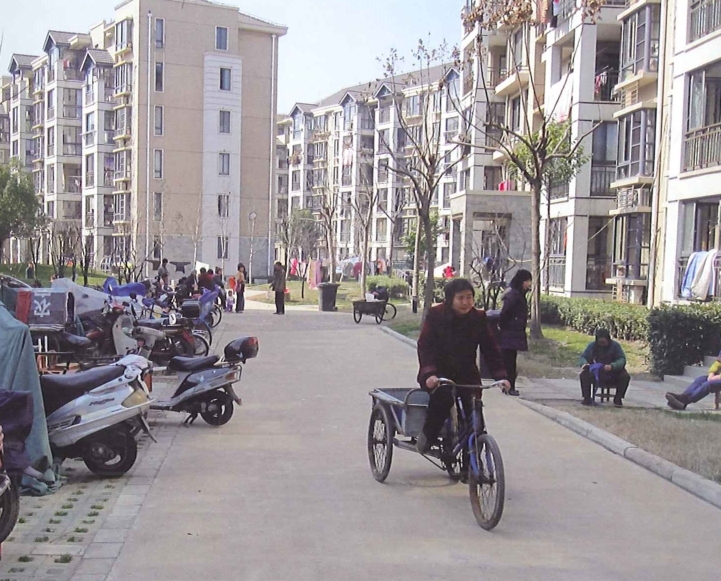
new neighbourhood
source: Den Hartog, Harry:
Shanghai New Towns -
Searching for community
and identity in a
sprawling metropolis. 010
Publishers, Rotterdam
2010, 416 p. ISBN
978-90-6450-735-9
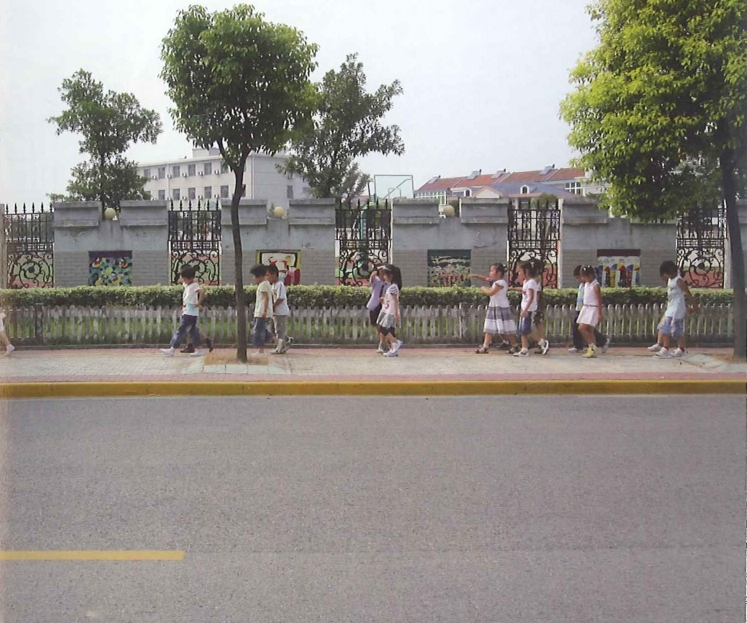
the next generation
source: Den Hartog, Harry:
Shanghai New Towns -
Searching for community
and identity in a
sprawling metropolis. 010
Publishers, Rotterdam
2010, 416 p. ISBN
978-90-6450-735-9
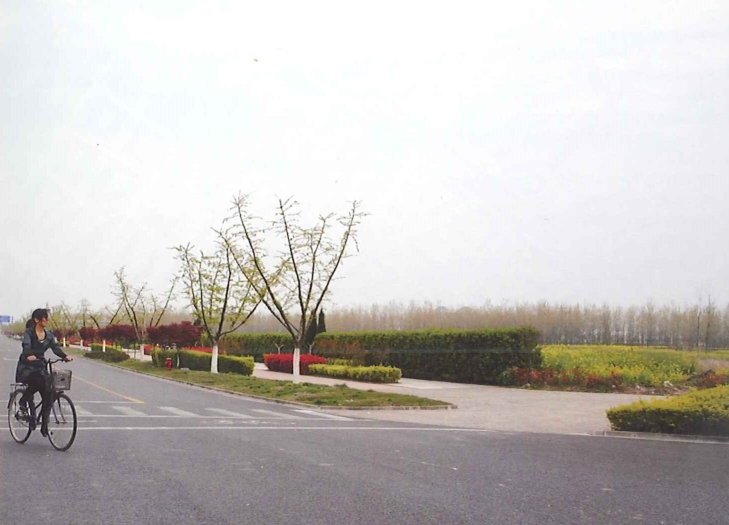
New roads mainly used by
cyclists
source: Den Hartog, Harry:
Shanghai New Towns -
Searching for community
and identity in a
sprawling metropolis. 010
Publishers, Rotterdam
2010, 416 p. ISBN
978-90-6450-735-9Ne
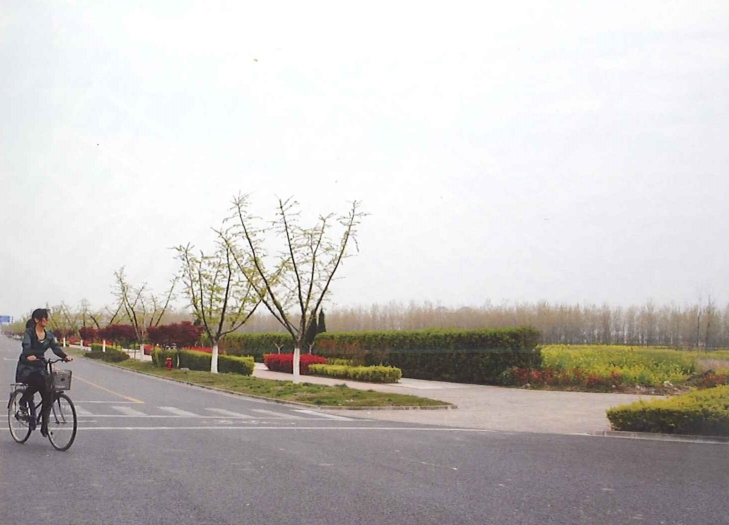
New roads mainly used by
cyclists
source: Den Hartog, Harry:
Shanghai New Towns -
Searching for community
and identity in a
sprawling metropolis. 010
Publishers, Rotterdam
2010, 416 p. ISBN
978-90-6450-735-9
|
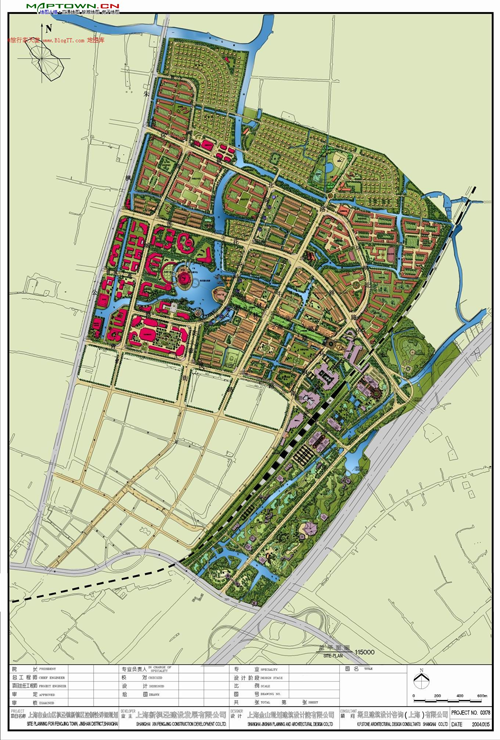
Fengjing Town is a city founded 1500 years ago, during the reign of the Yuan Dynasty. It is a garrison town near the border of Zhenjiang Province.
In comparison with Shanghai Central City, Fegjing Town has a blue sky and clean environment, so it is no wonder that in 1995 the Ministry of Construction ranked the town among five hundred National Model Towns in the forefront of public health and civilization. In 2001 it was appointed as a pilot town by the municipality government as a part of the One City, Nine Towns Development plan. This was the start of the creation of Fengjing New Town.
The project started in 2004, as a result of an initiative of Fengjing local government. The government organised a design competition and the implementation of the winning project was to begin immediately. A Canadian team fulfilling all requirements to build a ‘modern, environment friendly town in a North American style, with factories for clothing and machinery, and with the functions of commerce, trade, tourism, entertainment and housing’ won the competition. With the plan for the New Town, the Fengjing local government tried to attract science and research institutions to raise the level of urbanization of the town.
Six Degree Architecture and Design Inc. did not have a very good chance of winning the design portion of the competition. This was because of the Canadian firm’s close ties with China. Thereby the Canadian team has gained a good reputation, unlike the more individualistic approach of many designers from other western countries.
Master plan
The plan of the city was created on the basis of a Canadian approach to development characterized by strong environmental policies and eco-development with a focus on social, environmental and economic sustainability. The plan combines the unique characteristics of the traditional Yangtse River Delta canal with the progressive North American town planning principles and technologies for sustainable development. The concept provides the client with a complete conceptual design for the main public buildings and bridges, except the housing area designed by local architects. The civic district with a city hall, cultural centre, art gallery, museum, convention centre, library and a recreational arena is planned to be around the new lake and surrounded by a community park. The urban structure has a clear hierarchy with streets and open spaces meant to produce a strong sense of place.
Furthermore, in contrast with other foreign designs, the project is created with respect to traditional Feng Shui principles and its south orientation of buildings.
Old village
Within Fegjing New Town the old town is well preserved. It is famous for its picturesque canals and a peasant art (style of painting still alive and practised by many local craftsmen). The surrounding countryside is mainly rural with many old traditions carried out from previous times.
Realisation
Although, several plans have been already implemented, they differ from the original ones. After winning the competition, the Canadian team was replaced by architects and engineers that they have worked with in the past by reason of a change in the local government that subsequently led to the loss of the contact. Nevertheless, small parts of the original plan have been implemented and have produced an establishment of a typical Chinese neighbourhood with a very pleasant and surprisingly charming environment.
However, the building of the city, waiting for further urbanization, is still in progress. The roads that were meant to be used by vehicles are empty and mainly used by users of bikes.
Due to the location and the newly opened Hangzhou Bay Bridge towards Ningbo in 2007, it was assumed that the city could benefit from the opportunities resulting from trade activities. Since the construction of the new highway to Hangzhou, several companies have settled down here, among them are factories for car parts, toys, clothing, machinery and electronics. Through the whole district, there is a railway, too. Even though, the railway crosses the city, there had not been a railway station for long time since 2010. The only way to get into the city was with the assistance of one-hour bus ride from the edge of Shanghai Central City.
source: Den Hartog, Harry: Shanghai New Towns - Searching for community and identity in a sprawling metropolis. 010 Publishers, Rotterdam 2010, 416 p. ISBN 978-90-6450-735-9. |

